BANGOR — Whether it was intended or not, the University of Maine Museum of Art’s suite of exhibitions offers a provocative consideration of contemporary photography. The three separate shows, from largest to smallest, include “Celebrating Photography in Maine: Selections from the Bruce Brown Collection,” photographs of people looking at wildlife dioramas in natural history museums by Traer Scott, and a high-tech installation of wall sculptures by Paul Myoda.
Brown’s collected photos comprise an excellent cross-section of Maine photography. Scott’s works blend scenes within wildlife dioramas with reflections of people there to see them. And this is a particularly interesting setting for taking photos of viewers. The people in the photographs seem unselfconscious and unaware that they are Scott’s subjects, as if they assume that the camera is focused on the dioramas they too are viewing.
Myoda’s work is an outlier. It is slick, geometrically machined and highly finished. His objects include sensors that respond to the presence of the viewer and lights that announce the interaction with the sensors, so they tie all three shows together: The works act like cameras, objects that track us and acknowledge us.
We’ve grown used to markers like the flash of a camera or the click of the shutter. And there are more subtle processes like the beep of a timer or the red-eye reduction pre-flash that warns us of the impending moment of capture.
Myoda’s pieces light up when we approach them in the semi-darkened room. This is the new normal; for example, even the Tiffany lamp in Colby College’s current show clicks on as you step into its room. But Myoda’s work branches out as you do, and so the effect steepens and deepens as you do more (and, no doubt, sillier) things to test its interactivity – its awareness of you.
In this savvy photography setting, Myoda’s works inspire fascinating and even creepy lines of thought, including wondering whether Myoda’s works are uploading images of you and your embarrassing “interactive” motions to the Facebook accounts of your “Friends.” There are several reasons why we can assume this isn’t happening, but that technology is cheap and accessible. Myoda’s work sharply reminds us we have to get used to thinking along such lines.
I walked into Myoda’s installation first and thoroughly enjoyed it. After seeing the other shows, I was less comfortable with it – though far more impressed.
SCOTT’S IMAGES, similarly, are entertaining right out of the gate. You see a little girl between the paws of a giant bear – and the tension of the scene is displaced by the hilarity of her summer dress while the snowy peak of Denali looms in the background. Children, under the guarded watch of ostriches, snack next to a clutch of the birds’ giant eggs. Casually unaware, a girl walks past the growling maw of a fearsome tiger.
But Scott’s images also serve notice about how on-display we are when we are distracted by theatrics. And it can be a bit chilling to consider how Scott’s camera’s targets – including children – were so easily captured when her camera was camouflaged by the jangling jungle of lights and lookers among the now-ubiquitous practice of photographing practically everything we see.
Scott’s works are vehicles for many moral subjects: the relationship of kids to the outdoors, environmentalism, the ethical presentation of animals, fictional contexts for museums (and photography) and so many more. I commend Scott for conveying these topics for us to consider: It should raise questions when we see images of people in public who appear to be unaware they are being photographed – particularly minors.
BRUCE BROWN is Maine’s most active and engaged curator. So it’s no surprise that his personal photography collection is studded with gems. Moreover, the curating of “Selections” was a model process in which UMMA curator George Kinghorn would pick a photograph and then Brown would select its companion piece.
None of the dozens of selected works is anything less than excellent. But a few of the strongest include Joyce Tennyson’s reductively crystalline “Self Portrait with Alex” (1983), Judy Glickman Lauder’s impressionist-painterly view of the Molo (?) in “Venice” (1997) and Brandon Bullock’s swim-suited boy performing a handstand on the corner bench of a very blue cement changing room in “Northport, Maine” (2010).
George Daniell’s pensive “John Marin at Cape Split” (1952) is so beautifully paired with George Tice’s elegant 1974 Monhegan porch that it’s not likely a casual viewer would assume these images were selected together. The strongest pair comprises Luc Demers’ gorgeously pristine window shade silhouette “North Light,” whose focused form is expanded by the luxuriously veiled, darkened and abstract interior with a whispering sheer over a red-shaded corner window in Tanja Hollander’s “When Morgan Was Sleeping, Barcelona, Spain” (1999). What is remarkable about Demers’ and Hollander’s images (aside from their stellar aesthetics) is the information they convey. Demers gives us a domestic sense of north at night while Hollander’s title ignites an open narrative that is potentially exotic and romantic while playing into the model of photo-subject-unawares set into motion by the combination of Myoda’s and Scott’s shows. (Hollander’s title takes into account Morgan’s lack of conscious awareness.)
More than any other medium, photography has felt its status grow, shift and transform as Internet-era technologies continually shatter assumed or assigned boundaries and ascend to new frontiers. While this is easier to see in the newest, hippest modes of photography (commercial 360 degree shots, GoPro footage, etc.), it affects how we see all photography in all formats from all times. While this was not the intent of the three excellent shows on view at UMMA, this is one of the many insights resulting from seeing them together. Each is successful on its own, but culture is at its best when it moves forward in concert.
Freelance writer Daniel Kany is an art historian who lives in Cumberland. He can be contacted at:
dankany@gmail.com
Send questions/comments to the editors.

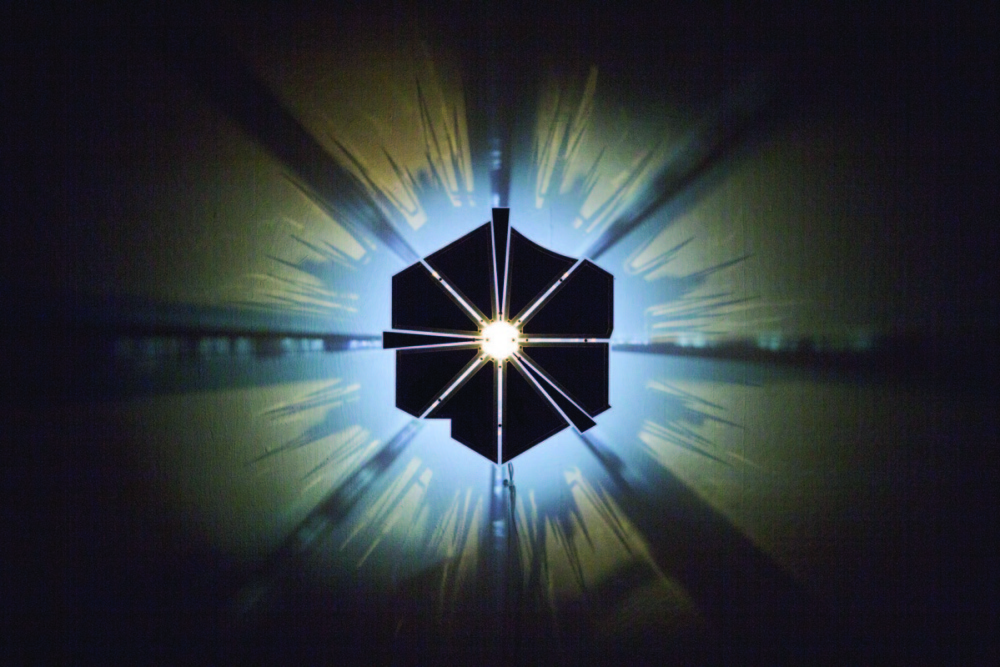
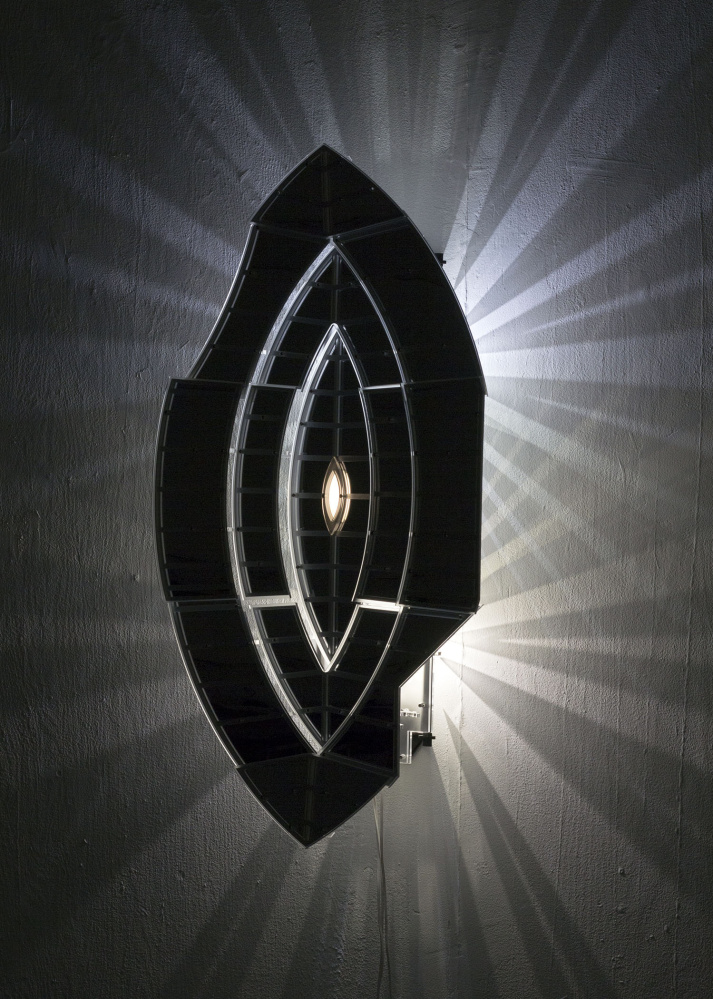
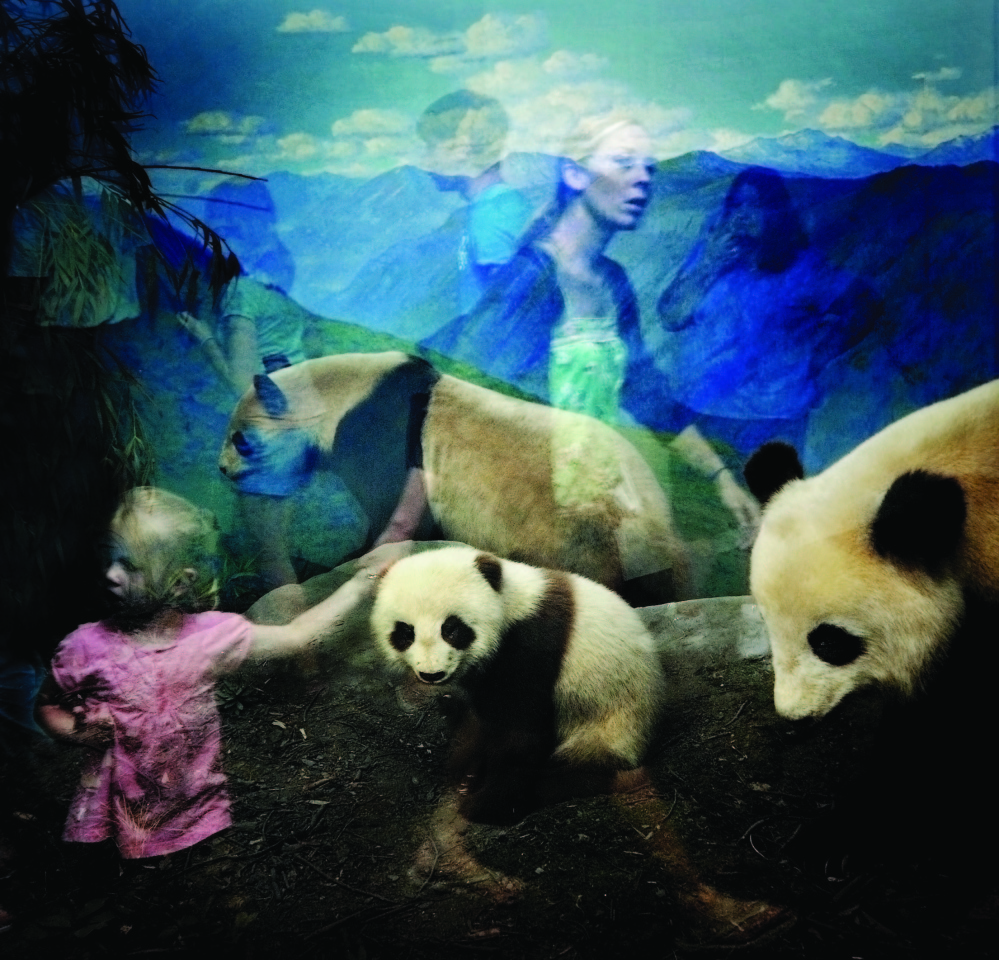
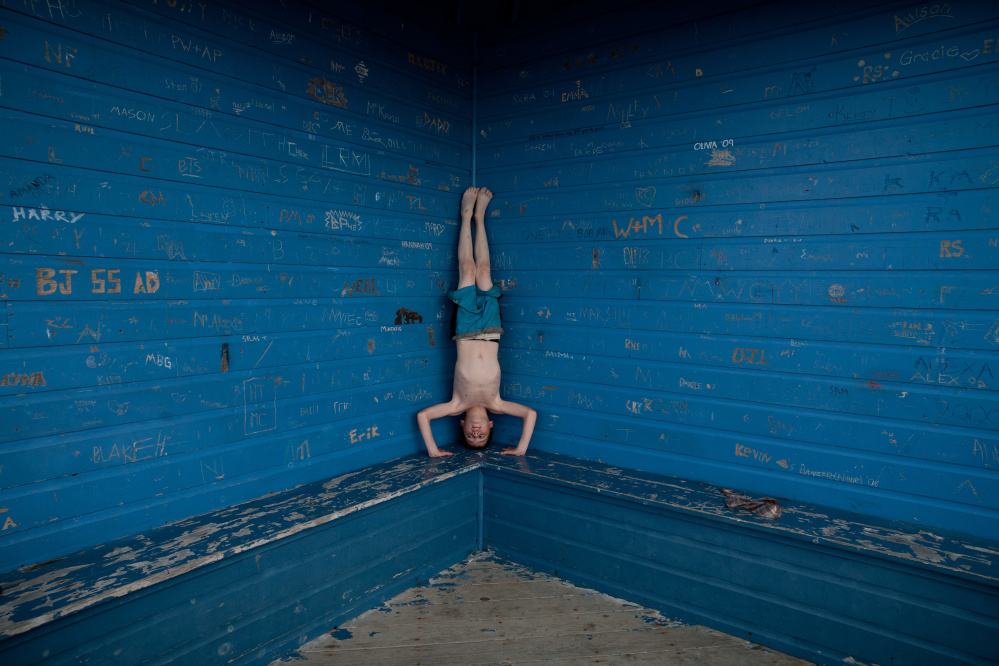
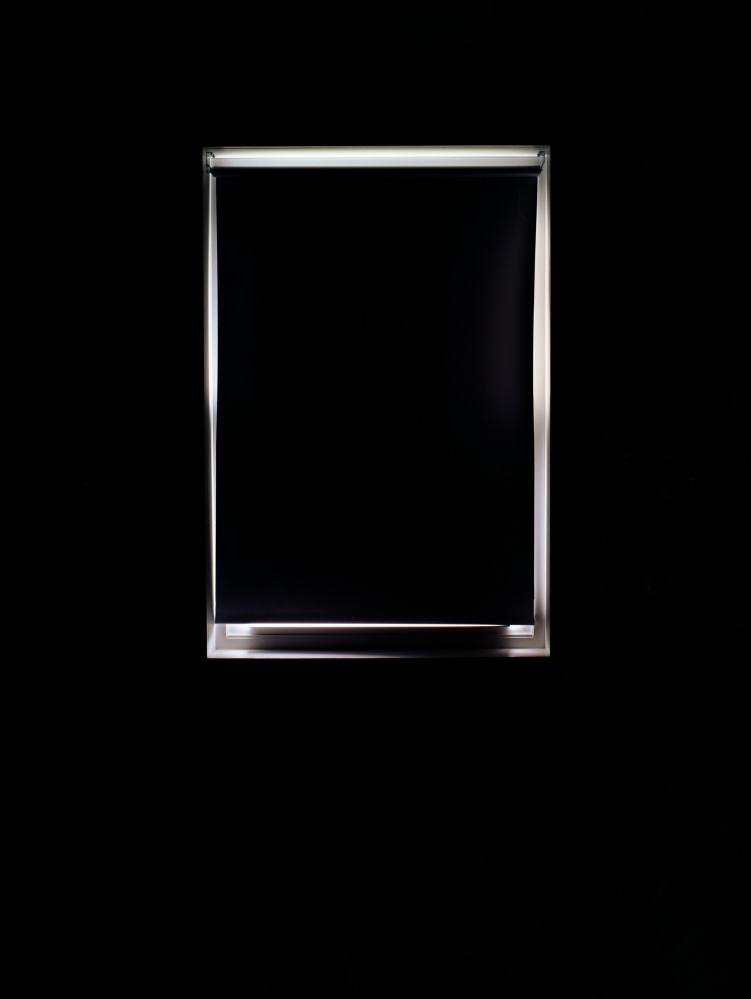
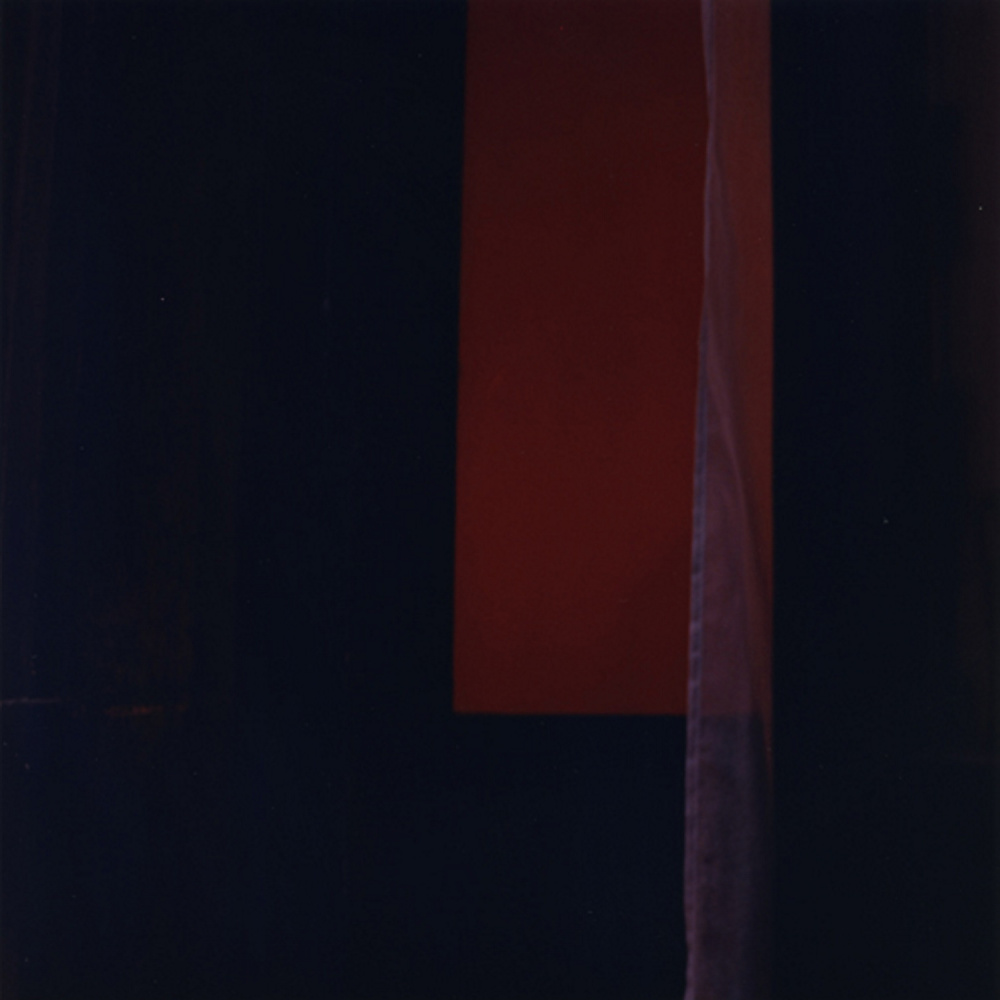
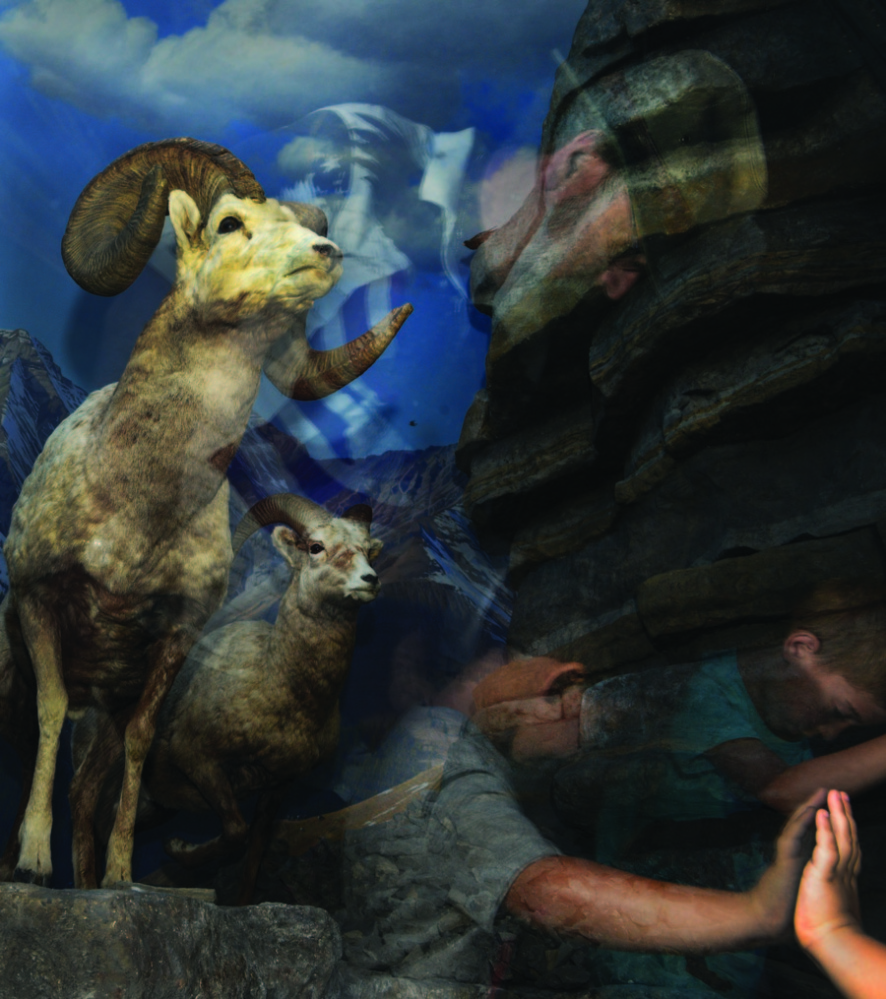
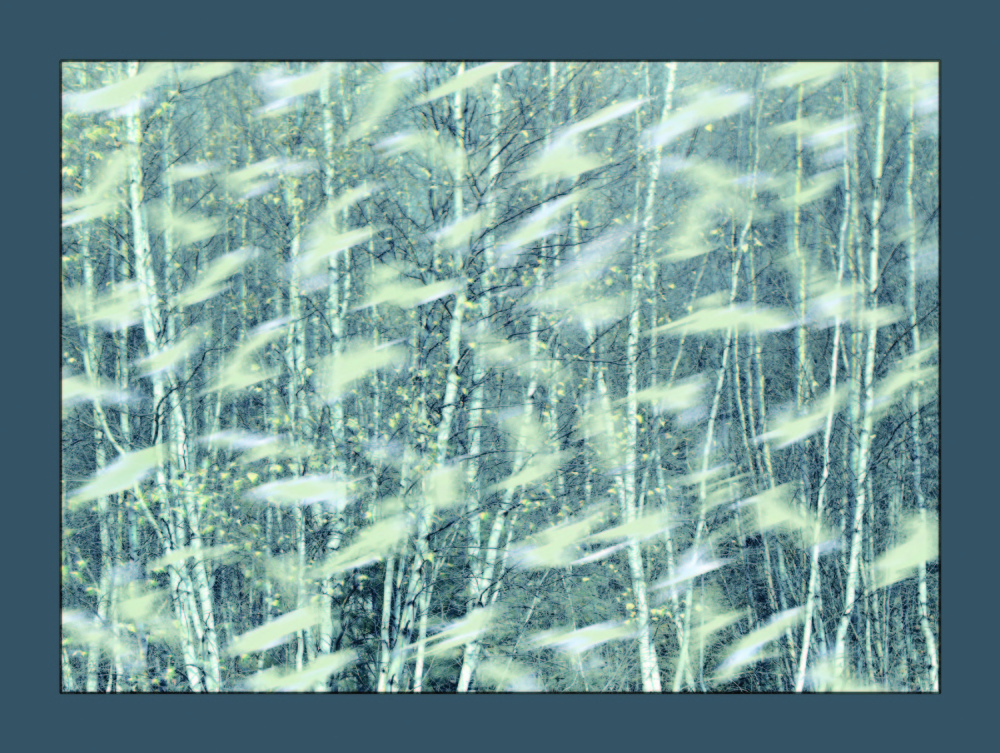

Success. Please wait for the page to reload. If the page does not reload within 5 seconds, please refresh the page.
Enter your email and password to access comments.
Hi, to comment on stories you must . This profile is in addition to your subscription and website login.
Already have a commenting profile? .
Invalid username/password.
Please check your email to confirm and complete your registration.
Only subscribers are eligible to post comments. Please subscribe or login first for digital access. Here’s why.
Use the form below to reset your password. When you've submitted your account email, we will send an email with a reset code.